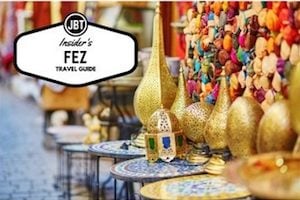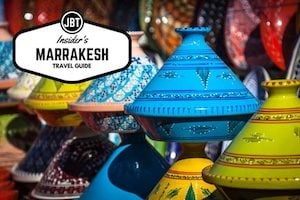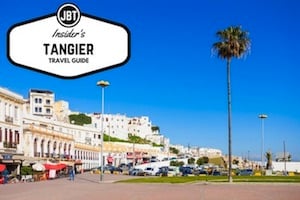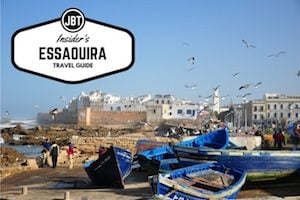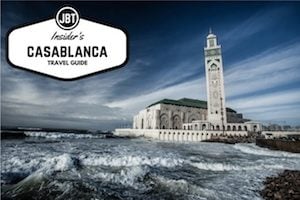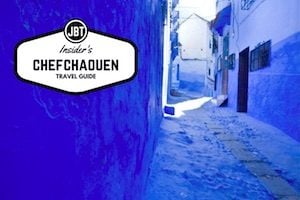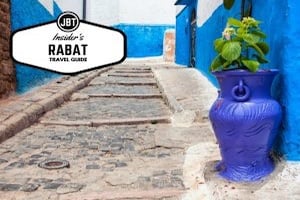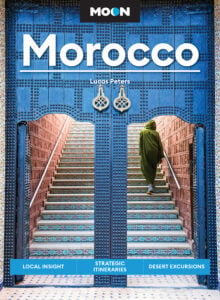Morocco has always held some mystery for travelers. This part of North Africa bridges mainland Europe and the African continent, though separated slightly by the clear blue waters of the Mediterranean. With the Atlantic Coast thousands of miles long and the Sahara thousands of miles across, Morocco has many different prospects of topography and offers a complete and unique experience for each individual traveler.
For those who do not know much about North Africa, the population majority is by far Arab. However, each country has it’s own native or tribal people, and Morocco is no exception. In addition to the Arab community making up Morocco, the Berber people also inhabit the same and some different locales; however, most communities speak French. (However, in some of the valleys of the south, some Berbers speak no Arabic or French, but Tashelheit–their native language. For those travelers coming from abroad, it is a good idea to brush up on your French, or even take an intensive course before you come. The benefits of communicating with the locals will make your experience much richer and fulfilled.
The Moroccan capital is Casablanca, the name intrinsic by the popular novel and movie. Conjuring up images of beaches, white houses and romantic films, this bustling busy city offers some tourist attractions such as huge covered shopping malls and outdoors markets. One of the main and most visited attractions is the well-known Hasan II Mosque. The mosque is the only one accessible to non-Muslims in Morocco; so, go inside and have a peek. Visitors will agree how King Hasan was very detailed in his design of the mosque, with it’s ornate tile work accompanied by luscious fountains and richly decorated hamams.
The northern coastal city of Tangier is another destination to experience when visiting Morocco. So close to southern Spain this is a modern city reminding people of other European, Mediterranean cities. Year round, the climate is pleasant with the ocean breeze always around each corner. A popular tourist haunt because of its proximity to Europe, Tangier offers delicacies and accommodations seen no where else in Morocco. Until 1956, Tangiers was part of Europe and the spoken language was Spanish. The Spanish are gone now but their influences can still be felt. Nowadays, many people in Tangiers speak French or Arabic, with a minority speaking Spanish. If you’re interested in the Spanish influence, there are plenty of places to to visit while in Morocco still holding an air of the previous control.
by Sam Mitchell

